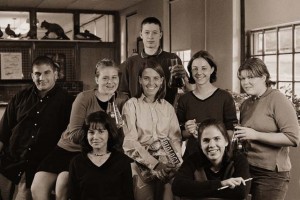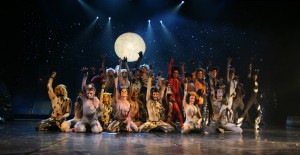 American schools are more than places of schooling, particularly at the high school level. According to American educational philosophy, one of the reasons for school is to help students develop into well-rounded persons. Thus, students are encouraged to develop interests outside of academics, and consequently, many schools offer extracurricular activities.
American schools are more than places of schooling, particularly at the high school level. According to American educational philosophy, one of the reasons for school is to help students develop into well-rounded persons. Thus, students are encouraged to develop interests outside of academics, and consequently, many schools offer extracurricular activities.
The nature and scope of extracurricular activities depend on various factors, such as the size of the student body (how many students attend that school) or local interest. Schools with a larger student body will be able to offer their students more extracurricular options than a smaller school, and kids in an urban school are probably not going to be as interested in agriculture-related clubs as kids in a rural school would be.
What are examples of typical extracurricular activities? In high school you might find: theater, speech team/club, debating society, math club, science club, camera club, JROTC (Junior Reserve Officers’ Training Corps), automotive club, foreign language club, aviation club, the school newspaper, and the school yearbook. Of course, there are many possibilities – just about any interest or hobby can be organized into an extracurricular club, as long as the interested students can find a faculty member to act as an academic advisor. The role of the academic advisor is to provide oversight, guidance, and stability to the group, as well as make suggestions regarding things like excursions or projects.
There are numerous benefits to extracurricular activities. Participation in a club gives student the chance to develop greater breadth in their knowledge and expertise of a hobby or interest. Guest speakers, conferences, and discussion groups can also help students think about possible future careers, whether that career is directly related to the extracurricular club or not. Extracurricular activities give students the opportunity to develop leadership skills and learn time management skills. These clubs can help students make the connection between the subject matter learned in the classroom and real life. And last but not least, participation in extracurricular activities might even result in a scholarship, which would help students to prepare for the financial challenges of attending college.

